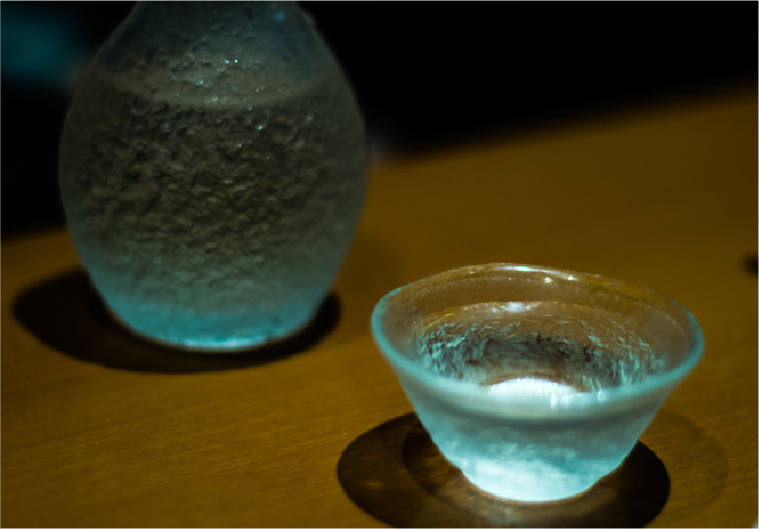How to select Japanese sake (styles of Japanese sake)
2020.03.20

The names “Ginjo” or “Junmai” on a Japanese sake label indicate both ingredients and brewing method.
| Japanese | Roman | Main characteristics of brewing method | Typical price |
| (純米)大吟醸 | (JUNMAI) DAIGINJO | Using sake-brewing rice which has had more than 50% of the surface removed through polishing. | high |
| (純米)吟醸 | (JUNMAI) GINJO | Using sake-brewing rice which has had more than 40% of the surface removed through polishing. | high |
| 生酛(純米) | KIMOTO (JUNMAI) | The traditional method of sake-brewing without using purified lactic acid to stabilize fermentation. | usual |
| 特別純米 | TOKUBETSU JUNMAI | Using only rice, rice koji, and water as ingredients (more than 40% of the rice surface has been removed) or using special brewing methods. | usual |
| 純米 | JUNMAI | Using only rice, rice koji, and water as ingredients. | cheap |
| 本醸造 | HONJOZO | Using rice, rice koji, water, and brewers alcohol as ingredients (more than 30% of the rice surface has been removed). | cheap |
その他のお酒(一例)
| 日本字 | ローマ字 | |
| 古酒・熟成酒 | KO-SHUJUKUSEI-SHU | Aged sake, kept for several years. The flavor becomes deep and rich. |
| 貴醸酒 | KIJO-SHU | Using rice, rice koji, Japanese sake, and water as ingredients. It costs more to brew sake by this method, but the result is a rich sweetness. |
| 梅酒 | UME-SHU | Although it’s common to steep green plums in distilled alcoholic beverages like shochu or brandy, there are also Japanese plum sakes. |

